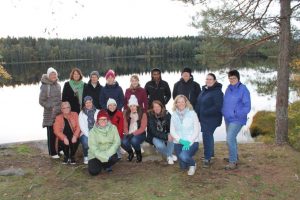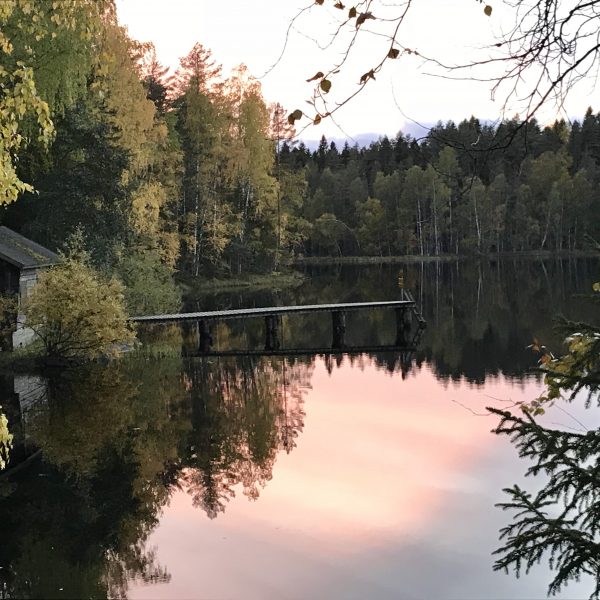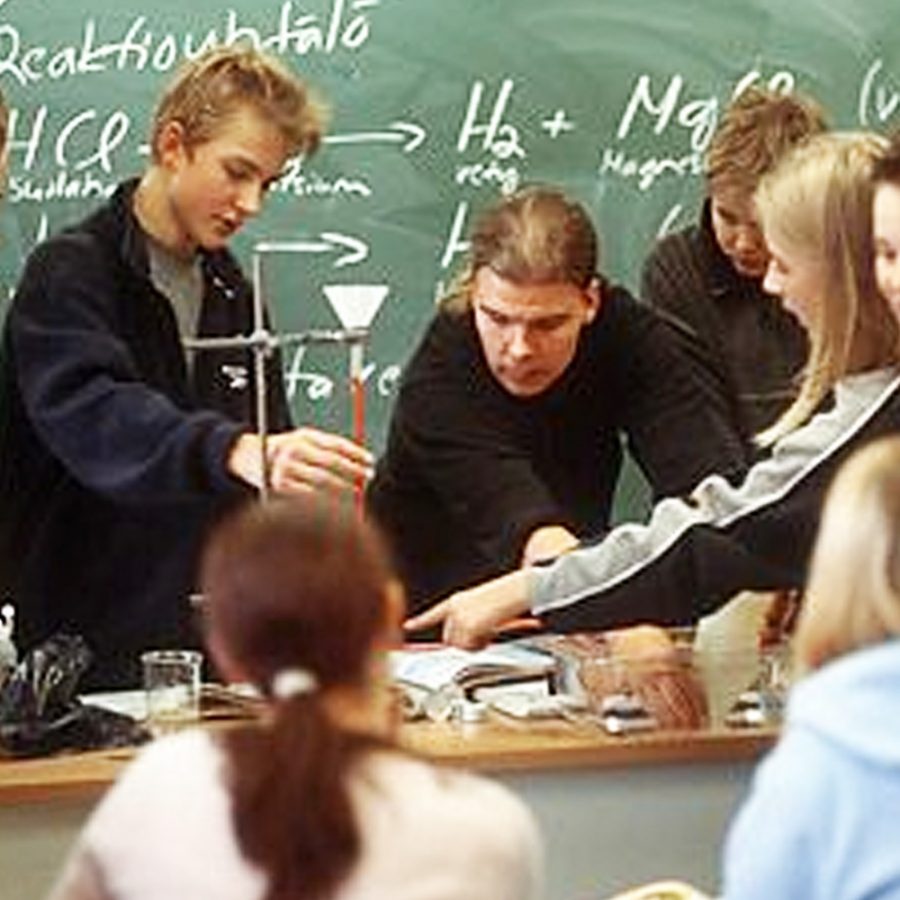Exploring Educational Excellence Abroad!
In October this year, a group of eighteen teachers and school leaders from Australia and New Zealand joined a six-day Finland study tour that we at Latitude Group Travel arranged with our corporate partners, Adolescent Success. We truly did discover that ‘finding out for ourselves’ gave us greater insight into both Finnish excellence and Australian education. I’d like to share ten key insights from the trip, insights which might contribute to your own teaching. They might even persuade you that study trips aren’t just for students and convince you to join us on the next Finland trip in 2019.

1. Finnish Culture and Society
There are huge social and cultural differences between Australia and Finland which contribute significantly to the success of the Finnish education system. Following World War II, Finland made a conscious decision to ‘invest heavily in its brains’ – the only way to achieve economic success for a country that lacked profitable natural resources. During our study tour, we heard this point repeated many times by Finnish educators and others and it is obvious that this policy is supported by the general population.
2. Respect for Learning
The Finnish investment in people has been a huge success and has had a trickle-down effect on so many things within the system and society. We felt there was an extraordinary respect for education and learning that was obvious everywhere. From the investment at government level to the motivation of students to want to learn, the importance that every person placed on education was evident.
3. Trust and Autonomy for Teachers
Although Finnish teachers only earn an average salary, education courses at university are so oversubscribed that they are only able to take the top 10% of applicants. A 5 year master’s degree is required, so teachers are very talented. This is reflected within the school environment, where the degree of teacher autonomy was surprising. According to most teachers we spoke to, when they are employed as a teacher within a school and the main curriculum is provided, the teacher has complete autonomy to ‘get on with it.’ There are no evaluations or reporting against work plans at all. It was expected that the teacher would just get it done.
4. Early Years
Much of the success of the system is linked to an early education model that focuses on play-based learning. Children receive no formal instruction until they are seven and in primary school. This is based on the belief that children under seven are not ready to start school and that the early years are a time for creativity. There’s a mix of free play and teacher-led play, and children’s development is constantly evaluated.
5. Wellbeing
Students get a fifteen-minute break after every forty-five-minute lesson, with at least one longer break (thirty minutes) every day. Free, healthy school lunches are provided for all students. All children under eighteen have access to school nurses, doctors, psychologists, social workers and free dental care. An emphasis on positive pedagogy was supported by care for the overall wellbeing of students.
6. Equality
Equality is also an important factor. Barak Obama said it best on a recent trip to Finland, when he observed that ‘the poorest child in Finland has access to the best education system in the world.’ While we did see some variation in the quality of the schools, there is certainly a consensus in Finland that all students get access to great education. There are only a few private schools in Finland, and they must run as not-for-profit entities. Education is free at all levels, from pre-primary to higher education.
7. Independence and Responsibility
Another key difference between Australia and Finland is the responsibility placed on children from a young age, which has a significant impact on their schooling and futures. Students as young as five walk unaccompanied to activities or school and also spend much time home alone. They are also expected to take a lot of responsibility for their own education. We were told that if a student did not do well at a test, the first person they would question was themselves and how they could have done better – no blaming teachers or the school or anyone else. Assessment is part of daily schoolwork and students’ capabilities for self-assessment are strongly supported. There is minimal national testing.
8. Inclusive Education
Finland provides systematic assistance to students who are falling behind in their learning. The government ensures students have access to ‘special education’ teachers who work alongside classroom teachers to provide one-on-one and small-group tutoring. This aims to ensure that ‘not one child is left behind.’
9. The Overall Picture
The overwhelming feedback from participants is that you have to go to Finland and immerse yourselves in a study tour in order to really ‘get it.’ There is no single reason that their system is so successful. In fact, many of the reasons it works are not easily translatable or transferable to the Australian or New Zealand systems, but this is not a reason not to go. Every person who came on the trip was able to take something away with them, which will shape the way they teach, lead and influence in the future.
10. Australia is Doing a Good Job
There is nothing like seeing one system to make you not only question, but appreciate your own. Throughout the program, there were many moments where teachers from Australia and New Zealand were reminded of how well we do in certain aspects of education. They were proud to recognise what they do well, and wise enough to notice what others do better. They finished the trip with an even deeper passion for lifelong learning.
Reflections
These words from one of the participants summed up the overall feeling of their Finland Study Tour:
“The opportunity to be immersed into the Finnish education system, hear from teachers, visit classrooms and speak with students is the most valuable way to learn. Doing this while networking with educators from other systems and countries provided great scope for thinking and learning. To understand the success of Finland’s education system, you need to understand that it is ‘the sum of all the parts.’ It isn’t one thing that I take away, but how all things work together to empower students to want to learn and achieve. The ‘no dead ends’ for any child inspires me to work within my own system, to make this a reality at our school. What an amazing experience.”
All of us came home inspired in different ways, by what we learned, the conversations we had and the overall commitment to excellence that we encountered. The benefits of finding out for ourselves will stay with us for a lifetime.
Trip Details
The six-day Finland Study Tour opened with a day of sightseeing in Helsinki, then shifted to Tampere, Finland’s third largest city. It including school visits, conversations with teachers and students, information sessions by experienced educators about Finnish educational philosophy, curriculum and methods, and opportunities for personal reflection and investigation
Participants included teachers, principals, consultants and Department of Education staff. Some participants fully self-funded their trip, while others received full or partial funding from their employer.
In 2019 Latitude Group Travel will run another Finland Study Tour.
If you would like more information, please contact the team on 03 9646 4200, email [email protected]





